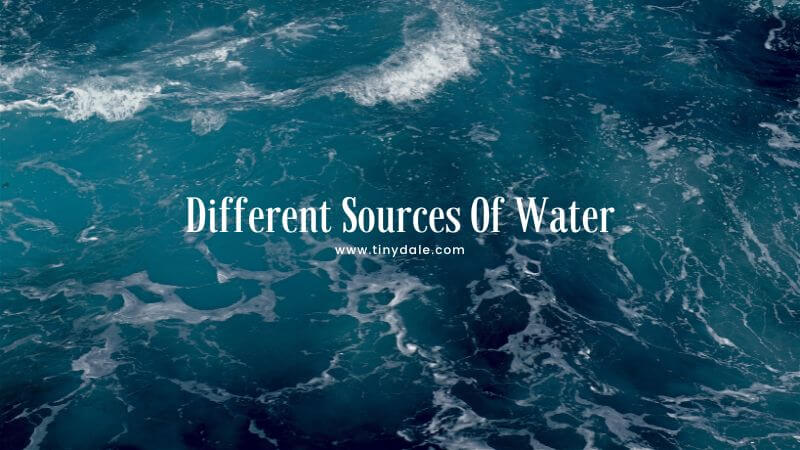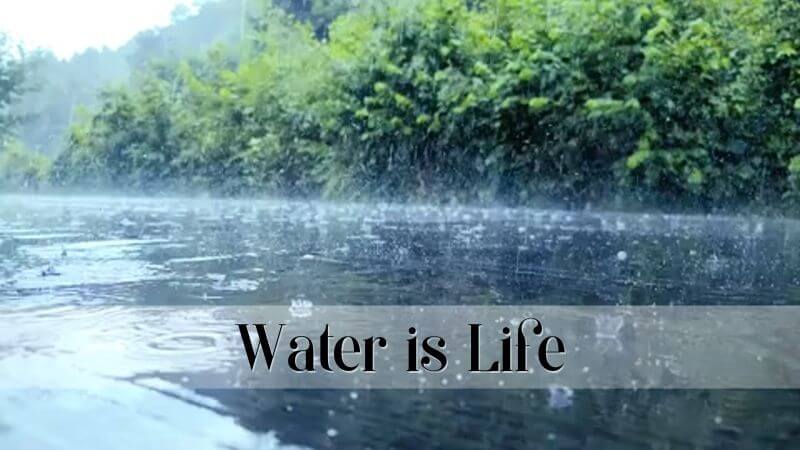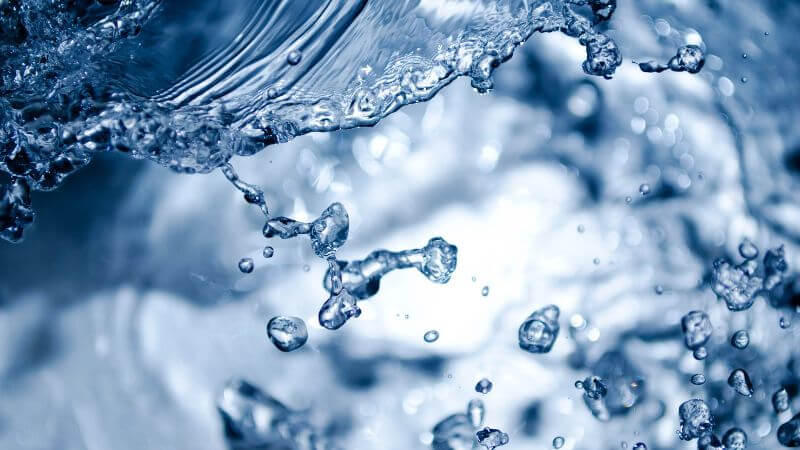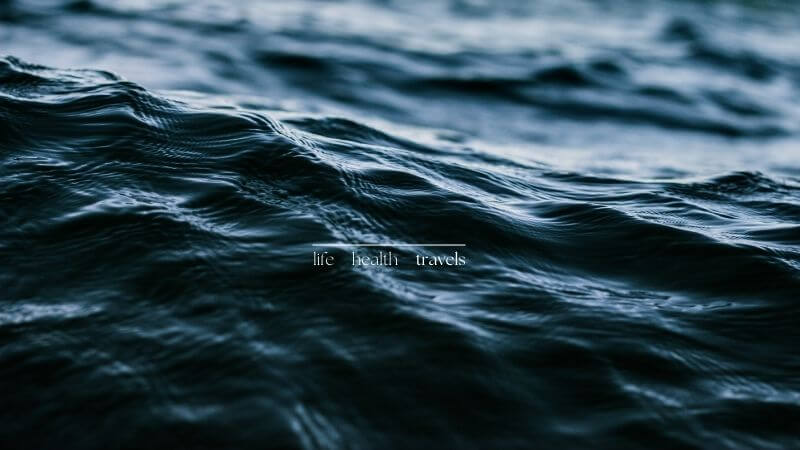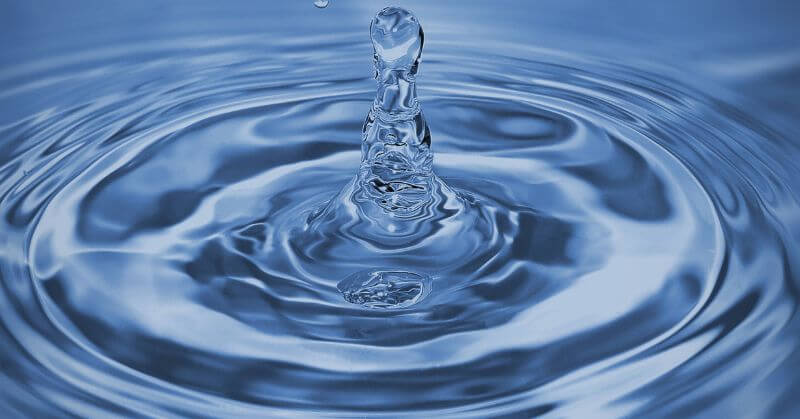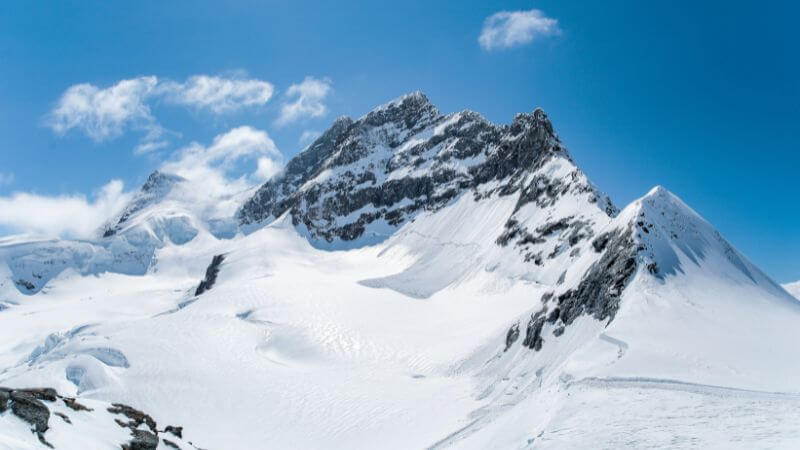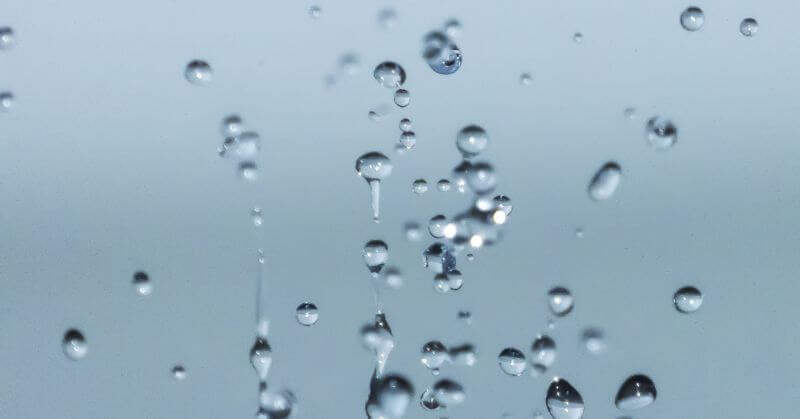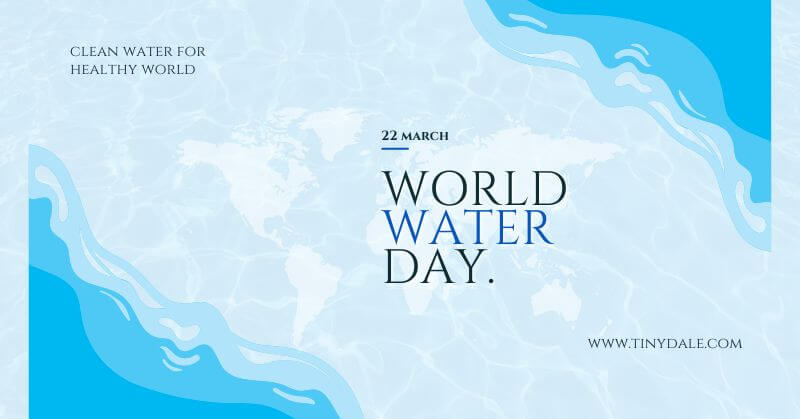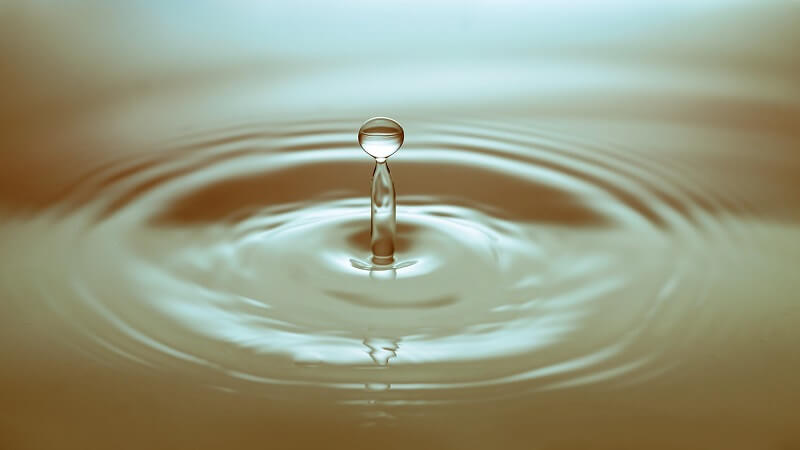Around the world, there are several different sources of water.
A priceless natural resource is water.
Water is a need for all living things to survive. Without water, life is unimaginable.
Animals and plants alike need water to carry out their everyday metabolic processes.
Water is necessary for plants to produce their nourishment during the photosynthesis process.
An individual uses, on average, 600 to 700 liters per day.
We all have the ability to go without food for extended periods of time, but we cannot even begin to comprehend living without water.
Without water, even plants get dry and lose their leaves.
What Is Water?
The most significant liquid on Earth is water.
It takes the shape of oceans, rivers, and lakes and covers about 75% of the Earth’s surface.
For survival, both plants and animals require water.
Water is used by people for numerous purposes than drinking.
They prepare food and wash with it.
They use it to irrigate gardens and crops, clean the streets, and run air conditioners and heaters.
Additionally, they generate energy using the force of moving water.
Water is a crucial component of the rituals and beliefs practiced by religions and civilizations all over the world.
Christians baptise new converts to the faith to welcome them.
Hindus think that a deity delivered the Ganges River to Earth.
Water is very important to Native Americans in many ways.
We will also explore different sources of water pictures while we go through this amazing post.
Importance Of Different Sources Of Water
When it comes to living, water is essential for human survival.
Water is a daily requirement for the human body.
We may be able to go seven days without eating, but we cannot go even three days without drinking.
In addition, water makes up around 60% of the vally.
Therefore, drinking polluted water will seriously harm people’s health.
Therefore, everyone’s physical health and well-being depend on how much and what kind of water they consume.
Additionally, without water, tasks like cleaning our teeth or making meals would be impossible.
Additionally, a lot of businesses utilize water extensively because it is necessary for practically every single step of their processes.
All living things depend on water in one way or another.
Every living thing, from the smallest bug to the biggest whale, needs water to survive.
Not only do humans require water, but also plants and animals.
For life to exist on the earth, water is required.
We shouldn’t be self-centered and use it for our benefit without considering the repercussions.
Different Sources Of Water
All known forms of life are dependent on water, which is essential to the existence of our planet.
It is a limited resource, and the strain on its supply is expanding as a result of population growth and environmental changes.
It is essential to comprehend the sources of water if you want to manage and conserve this precious resource effectively.
There is a lot of water everywhere around us, but it is not fresh water and is not fit for human consumption, according to the geology of the Earth.
Natural water that is readily available isn’t always pure.
All other water sources—aside from rainwater—contain dissolved salt and mineral deposits.
The presence of these salts renders the water unfit for human consumption.
1. Difference Sources Of Water: Surface Water
Surface water refers to all bodies of water that we find on the Earth’s surface, from little ponds to enormous oceans and everything in between.
It comprises both saltwater and freshwater bodies of water (mostly seas, rivers, ponds, and lakes).
Most surface water comes from precipitation. It consists of both groundwater and surface runoff.
Surface water may or may not be present in a particular area depending on variables including the rate of evaporation, infiltration, and surface runoff.
The evaporation rate is the rate at which heated surface water begins to evaporate.
The rate of evaporation of surface water is closely related to the temperature and humidity of the air; the hotter and drier it is, the quicker it will evaporate.
Water frequently seeps into the soil in little amounts.
Infiltration rate is the pace at which surface water seeps into the earth’s interior.
A high rate of infiltration results from rock and soil that are extremely porous and permeable.
Additionally, some water runs over the ground along a slope when it rains.
Surface water is the term for this water’s downward motion.
However, as they descend, the freshness of the water declines as it combines with other impurities.
Ocean water has a significant salt content, making it salty rather than fresh.
Due to ongoing heating, the surface area of the water becomes heated, but as depth deepens, the temperature drops.
Due to photosynthesis by primary producers like phytoplankton and algae, the top layer of surface water often has low concentrations of nutrients and minerals.
The Earth’s rotation and wind cause the deeper, cooler ocean water, which is extremely nutrient-rich, to cycle to the surface in a process known as upwelling.
2. Ground Water
Water that is found underground in voids and fissures in rock, sand, and soil is known as groundwater.
Geologic formations called aquifers include soil, sand, and rocks where water is held and slowly circulated.
More than 50% of Americans, including practically everyone who lives in rural regions, rely on groundwater for their drinking water.
The primary use of groundwater is for agriculture irrigation.
Sandstone, gravel, sand, or broken rocks like limestone generally make up aquifers.
These materials’ numerous interconnecting gaps make them water-permeable.
The size of the gaps in the soil or rock and how well they are linked determine how quickly groundwater moves.
Nearly everything contains groundwater.
The water table might be deep or shallow, rising or sinking, depending on a number of different factors.
Strong rainfall or snowmelt can raise the water table, whereas significant groundwater pumping might cause it to decrease.
Rain and snow melt that penetrates into the voids and fissures beneath the surface of the earth replenishes or recharges groundwater resources.
Numerous places in the world are experiencing significant water shortages as a result of the groundwater’s quick use compared to its natural replenishment.
Human activities have caused groundwater contamination in several areas.
Landfills, septic tanks, leaking underground petrol tanks, and excessive fertilizer and pesticide usage are among the sources of groundwater pollution.
Groundwater will no longer be suitable for drinking if it is contaminated.
3. Rain Water
All of the water on Earth is mostly sourced from rainfall.
It replenishes groundwater as well as surface water.
An increasingly crucial method for water management, particularly in desert regions and urban areas, is rainwater harvesting, the practice of gathering and storing rainwater for later use.
It can offer a decentralized, sustainable source of water, reducing dependency on other, sometimes overtaxed, water sources.
All of our globe receives natural rainfall, with the exception of the aridest, harshest deserts.
Although pollutants from industrial and automotive emissions may contaminate rainfall in cities, making it extremely acidic, rainwater in rural areas is frequently safe to drink.
However, precipitation provides a plentiful supply of water for irrigating gardens and agricultural fields.
For free water to wash their automobiles, many individuals also use the rain.
It is possible to collect rainwater by placing simple tubs or water butts outside windows or on roofs.
It has been known to refer to rainwater as “grey water.”
When traveling in a camper van or staying in a tent, it’s common practice for people to collect rainwater.
They sterilize it by boiling it or adding sterilizing pills so that it’s uses are for drinking and brushing teeth.
5. Desalination
Desalination is the process of removing salt and other minerals from seawater.
It presents a possible supply of fresh water considering that over 70% of the Earth’s surface is covered by saltwater.
Desalination is becoming increasingly affordable and energy-efficient despite being traditionally expensive and energy-intensive.
6. Difference Sources Of Water: Ice And Snow
Ice and snow are important water sources in colder areas.
Snowpack and glaciers serve as natural reservoirs, holding water throughout the winter and releasing it when they melt in the spring and summer.
For areas where meltwater is the primary source of water, this source is very crucial.
Climate change, however, puts these sources’ dependability in jeopardy.
7. Lakes
Lakes are naturally occurring land depressions that are full of water.
Freshwater lakes have a natural outlet where they may release extra water.
Rainfall that falls directly on the lake’s surface, runoff from nearby land and tiny streams, or groundwater.
It seeps through the soil to the lake’s lowest point are all sources of water for lakes.
Lakes lose water by one of three methods: evaporation from the lake’s surface, overflow, or percolation from the lake’s bottom into the groundwater.
8. Reservoirs
A reservoir is a created body of water.
It can be created by digging the ground, constructing a dam to span a valley, or enclosing an area with dykes.
The reservoir holds the water, which may be utilised for irrigation.
By damming significant rivers, which may supply water to vast irrigation fields totaling thousands of hectares, enormous reservoirs are created.
Small and medium-sized reservoirs have much smaller storage volumes, providing 10 to 100 ha of irrigable land in a single season.
The latter kind of reservoir is the subject of this instruction booklet.
9. River
The globe over, rivers are employed as irrigation water supplies.
The main characteristic that distinguishes a river from a reservoir, which holds a constant volume of water, is that it flows.
Any given spot along the river is constantly being traversed by a fresh volume of water.
Over time, a river’s flow changes.
Some rivers have extremely variable flows over short periods of time;
these rivers are often tiny local ones that react swiftly to rainfall in their catchment region.
The region from which a certain river or lake receives both surface flow and drainage water coming from precipitation is known as the catchment area.
10. Difference Sources Of Water: Ocean
A continuous body of salty water enclosed in a sizable basin on the surface of the Earth is what is meant by the term “ocean.”
Oceans cover more than 70% of the planet’s surface and can reach depths of more than 10 kilometers at their deepest.
They are what distinguish our planet as a typical blue planet.
They supply the majority of the continents’ landmasses with surface water.
The majority of the world’s salty water—97.957%—comes from the seas.
Different Sources Of Water: Summary
In conclusion, there are many different sources of water, each with unique qualities and difficulties. Now I am sure kids can name the different sources of water and write different sources of water.
Strategies like rainwater collecting and desalination will become more crucial as demands on the water supply rise.
The preservation of our water supplies is essential for the continuation of life on Earth, thus conserving water should continue to be a top concern.
Tinydale is on YouTube, Click here to subscribe for the latest videos and updates.
Follow Us: Facebook | Instagram | Twitter | Youtube | Pinterest

